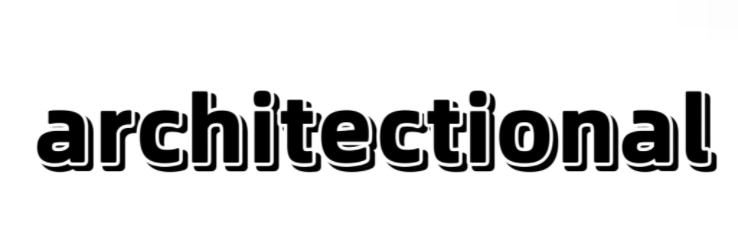Why Is HDPE Gas Line Safety Overlooked?
When discussing modern gas line installations, high-density polyethylene (HDPE) has gained popularity for its durability, resistance to corrosion, and flexibility. However, despite these substantial benefits, HDPE gas line safety is often overlooked. This oversight can be traced back to a combination of misconceptions, inadequate regulations, and a general underestimation of the risks associated with gas leaks.
One significant reason for the frequent neglect of HDPE gas line safety stems from the common belief that HDPE is completely immune to damage. Indeed, while HDPE boasts superior resistance to certain types of corrosion compared to conventional materials, it is not entirely free from risks. Various environmental factors, such as soil movement, fluctuations in temperature, and exposure to UV light, can degrade HDPE pipes over time. If these pipes are not buried correctly or lack sufficient protective measures during installation, they can be more vulnerable to punctures and leaks, creating notable safety hazards.
Another element that contributes to the oversight of HDPE gas line safety is the prevalent lack of in-depth understanding regarding its installation and maintenance. Many contractors tend to prioritize cost-effectiveness and efficiency, potentially ignoring essential safety standards. Moreover, in several regions, the training and certification processes for HDPE installation are not as stringent as those for more traditional materials, which results in skill gaps that may endanger safety. It is crucial to establish clear guidelines to guarantee that HDPE installations adhere to safety measures, yet such regulations are not always adequately defined or enforced in current industry standards.
Furthermore, the perception of HDPE as a safer and more advanced technology can foster complacency among users and regulators alike, leading to a minimization of the genuine dangers posed by gas leaks. Although HDPE is praised for its resistance to rust and other conventional degradation forms, it can create challenges when it comes to leak detection. Unlike metal pipes that often reveal visible signs of deterioration, HDPE can fail without any noticeable indicators, allowing hazardous gas to escape unnoticed until substantial damage has occurred.
Public awareness of gas line safety is also pivotal in this oversight. Many homeowners and businesses might not fully grasp the complexities surrounding gas line safety, mistakenly believing that all installations share identical safety profiles. It is vital to conduct educational campaigns that underscore the potential risks associated with HDPE gas lines, alongside the importance of proper maintenance practices. An informed public is better equipped to advocate for high-quality installations and robust safety protocols.
Moreover, regulatory agencies tend to concentrate their efforts on traditional materials when developing and enforcing safety regulations, which can lead to the exclusion of HDPE gas lines from comprehensive oversight. This lack of specific regulations might encourage contractors to take shortcuts during installation processes, such as inadequate leak testing. Such regulatory deficiencies result in dangerous situations where the unique attributes of HDPE are neglected, increasing the likelihood of safety hazards.
Lastly, advancements in technology indicate that monitoring systems tailor-made for HDPE gas lines are still evolving. While innovative solutions are starting to emerge, many installations currently lack sufficient monitoring capabilities, complicating the early detection of leaks. A greater focus on the development and application of these monitoring systems could significantly boost safety measures for HDPE gas lines.
In conclusion, while HDPE presents many advantages, its safety merits unwavering attention. Ongoing education, the establishment of stricter regulations, and the advancement of monitoring technologies are essential steps toward minimizing risks and ensuring the integrity of HDPE gas line installations. As the use of this material continues to expand, addressing associated safety concerns must become a top priority for all stakeholders involved.
Are you interested in learning more about Hdpe Gas Line, Hdpe Sewage Pipe, Double Wall Culvert Pipe? Contact us today to secure an expert consultation!


